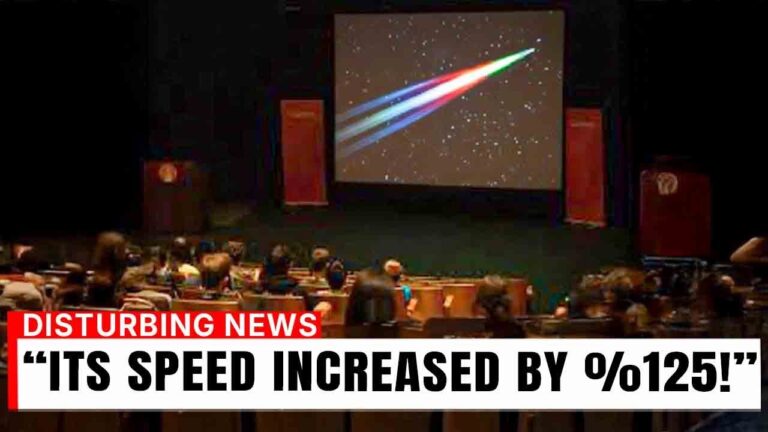In an astronomical event that promises to captivate skywatchers across the globe, Comet A6 Lemon, a long period comet that last graced our skies over a millennium ago, is set to make its fleeting return this October, offering an unprecedented opportunity to observe a cosmic spectacle. As the spectacle approaches, enthusiasts and astronomers alike are urged to seize this momentous chance before it fades into the depths of space once more.

Discovered only this past January by astronomer D. Carson Foss during the Mount Lemon Sky Survey, Comet A6 Lemon was initially thought to be just a faint speck. However, a series of orbital calculations revealed its extraordinary journey—one spanning approximately 1,350 years. Its last visit occurred centuries before telescopes even existed, making this reappearance not just a visual delight but also a significant scientific milestone.
Scheduled to make its closest approach to Earth on October 21st, 2025, A6 Lemon will come within a mere 0.596 astronomical units—a little over 55 million miles. Just weeks later, on November 8th, it will reach perihelion at 0.53 astronomical units, positioning itself between the orbits of Mercury and Venus. For experienced skywatchers, this window of visibility is limited. It has already transitioned into the western evening sky, appearing low after sunset, and observers are eagerly reporting that it is already outshining brightness predictions.

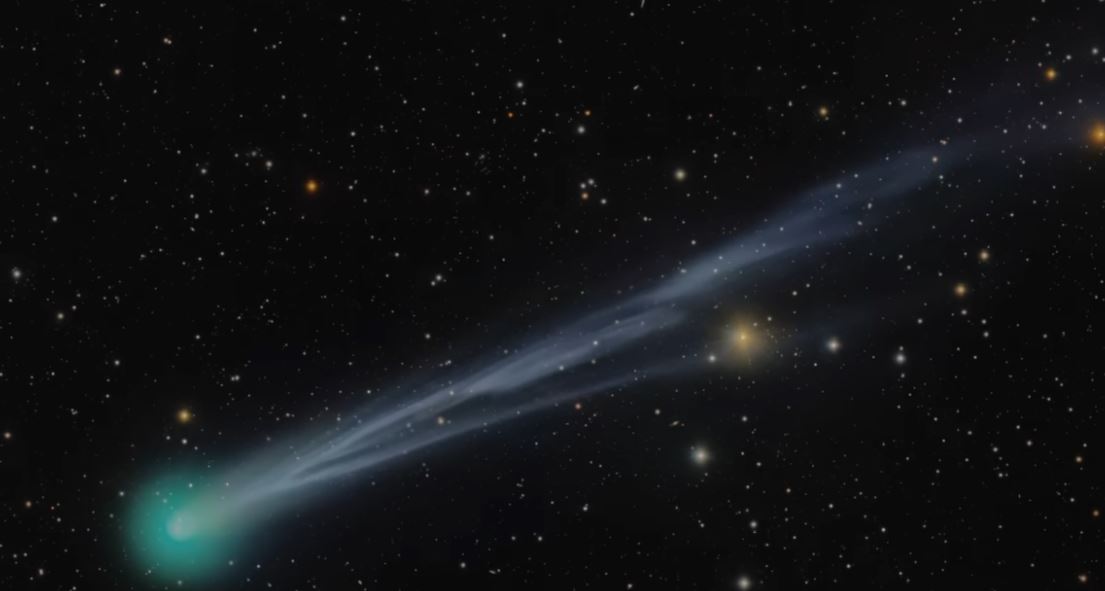


Despite its modestly glowing presence—a soft green hue caused by C2 molecules fluorescing in solar UV light—this comet holds unexpected implications for both amateur astronomy and scientific research. Those waiting for a dazzling display akin to the iconic Hale-Bopp will be disappointed. However, the comet’s steady brightness is ideal for observers looking to capture its behavior and characteristics as it nears the sun.
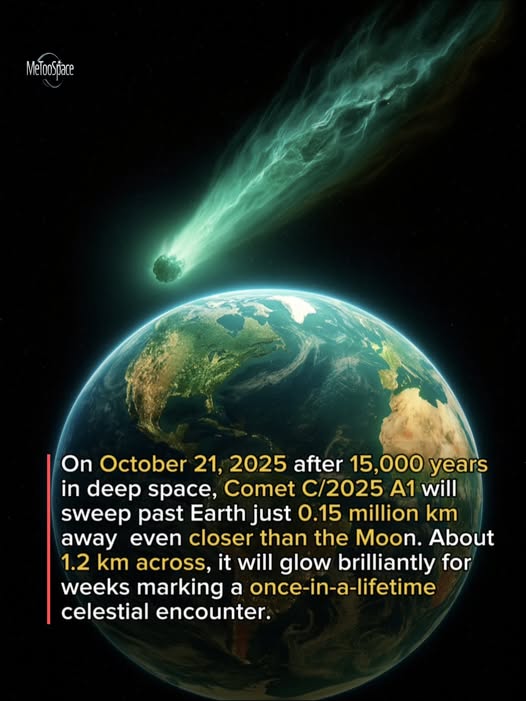
But why is the return of A6 Lemon so scientifically significant? Comets like these are relics from the solar system’s early formation, possessing unaltered material from the solar nebula that offers valuable insights into the cosmos’ evolution. A6 Lemon’s greenish glow is not merely aesthetic; it can help scientists deduce where in the solar nebula it originated and how its chemistry has changed over centuries. The comet’s brightness evolution is equally vital; this early brightening suggests volatile materials on its surface are becoming active sooner than expected, offering astronomers the opportunity to refine their thermal models.

Adding to the drama of the comet’s return is a rare alignment with another celestial body, Comet R2 Swann, which will pass near Earth just a day earlier, on October 20th. This convergence of multiple celestial phenomena means that observers can indulge not just in the spectral glow of A6 Lemon but also witness a meteor shower peaking around the same date. Skywatchers should prepare for an exceptional evening, where, with clear skies, they could potentially see both a comet and a lively meteor display all in one night, an occurrence that enhances the stakes and excitement of this astronomical event.
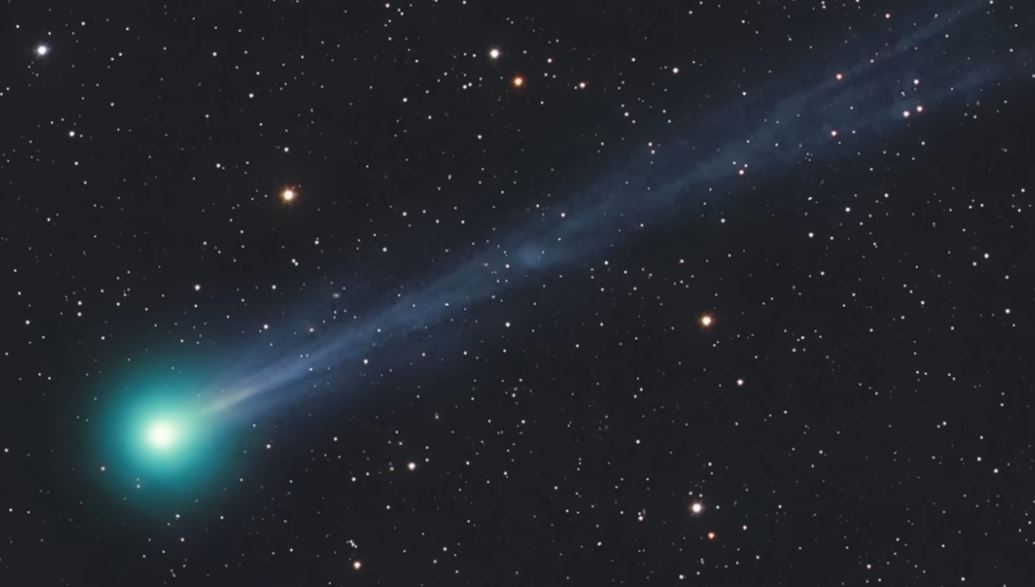
For those eager to glimpse A6 Lemon, your best opportunity to observe it will be in mid-to-late October. The comet is visible about 45 minutes after sunset, although observers need to be mindful of its low position on the horizon. Since it won’t climb higher than about 20°, finding a clear view devoid of buildings and trees is essential. For most, binoculars will suffice to catch a glimpse of the faint green patch, while small telescopes could reveal its distinguishing coma and perhaps even a short tail. Astrophotographers are presented with a unique chance to capture its evolution through the use of wide-field exposures; stacking images over several nights allows for a comprehensive view of the comet’s changing morphology.
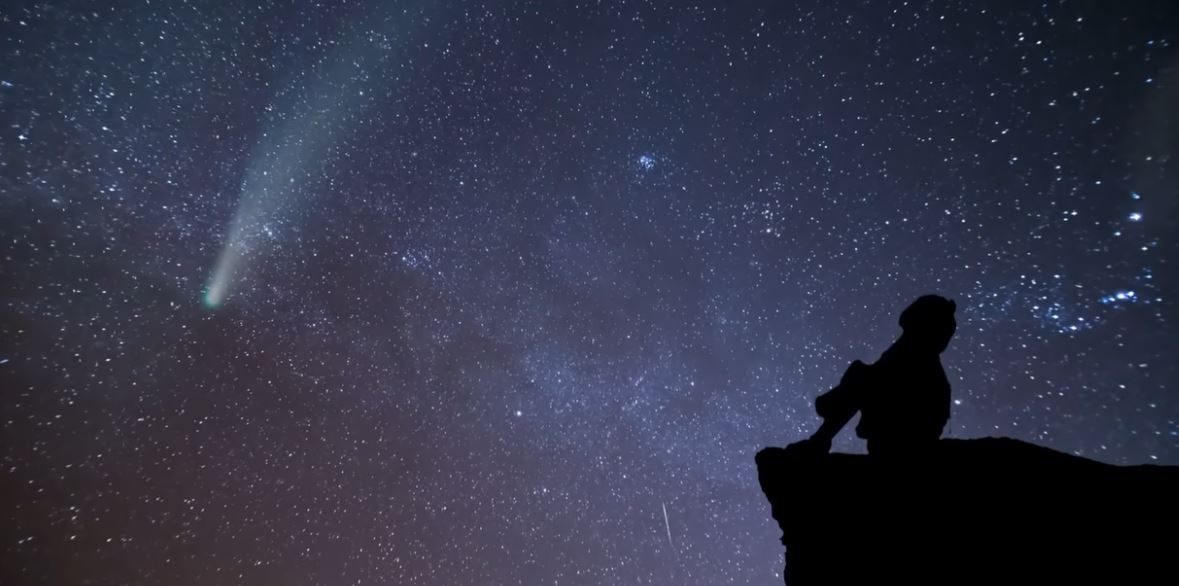
As this once-in-a-lifetime opportunity approaches, those who closely track Comet A6 Lemon will contribute critically to the body of knowledge on cometary behavior. The data gleaned from observations will refine models of long-period comets and better inform predictions about such cosmic wanderers’ future appearances. Beyond just another fleeting moment in the skies, it hints at potential shifts in the orbits of comets over long stretches of time, influenced by gravitational encounters with giant planets like Jupiter.
Ultimately, as Comet A6 Lemon edges toward perihelion in early November and drifts southward into the southern hemisphere—where it will ultimately vanish from view—a collective sense of urgency envelops the astronomical community. This comet, while quieter than some of its brighter counterparts, is a rare visitor from the confines of the outer solar system. Its brief October appearance serves not just as a source of wonder but also underscores its significance in the unfolding narrative of our celestial history.
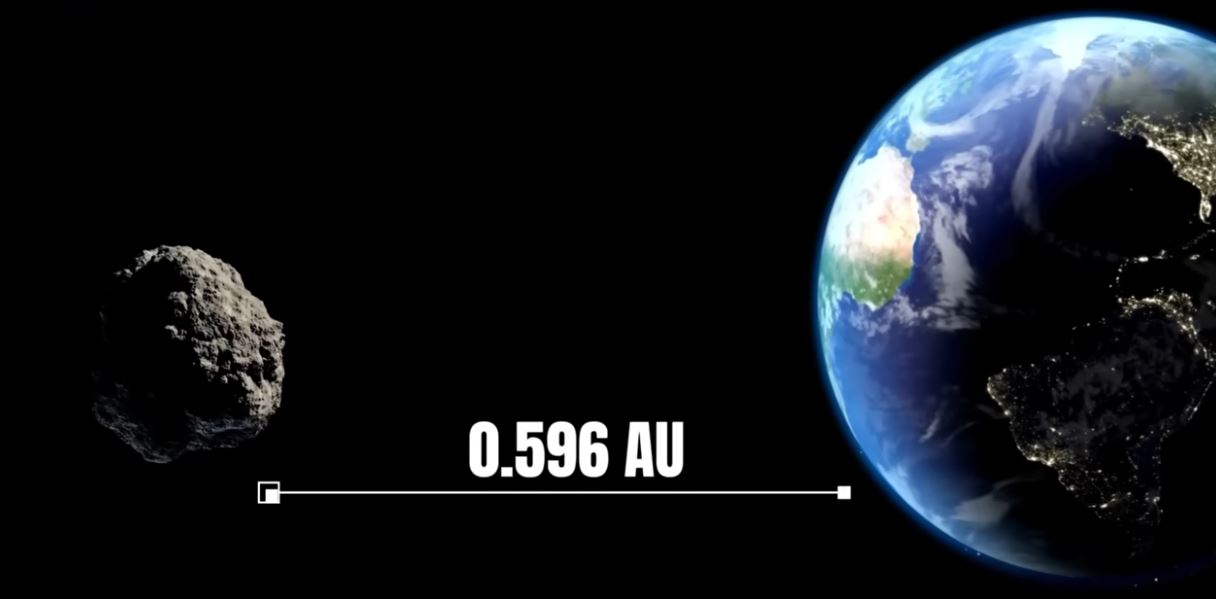
For countless people around the world, this October marks the only chance in a lifetime to witness the return of Comet A6 Lemon. As skywatchers prepare to gaze upward, one thing is certain: a cosmic adventure is about to unfold that stretches back centuries and transcends the mere night sky. Don’t miss your chance to see this remarkable piece of celestial history—you may never get another opportunity like this again. Grab your binoculars, prepare your telescopes, and look west after sunset for a sight that may remain ingrained in your memory long after the comet has drifted away into the vastness of space. The skies await—will you be ready?
